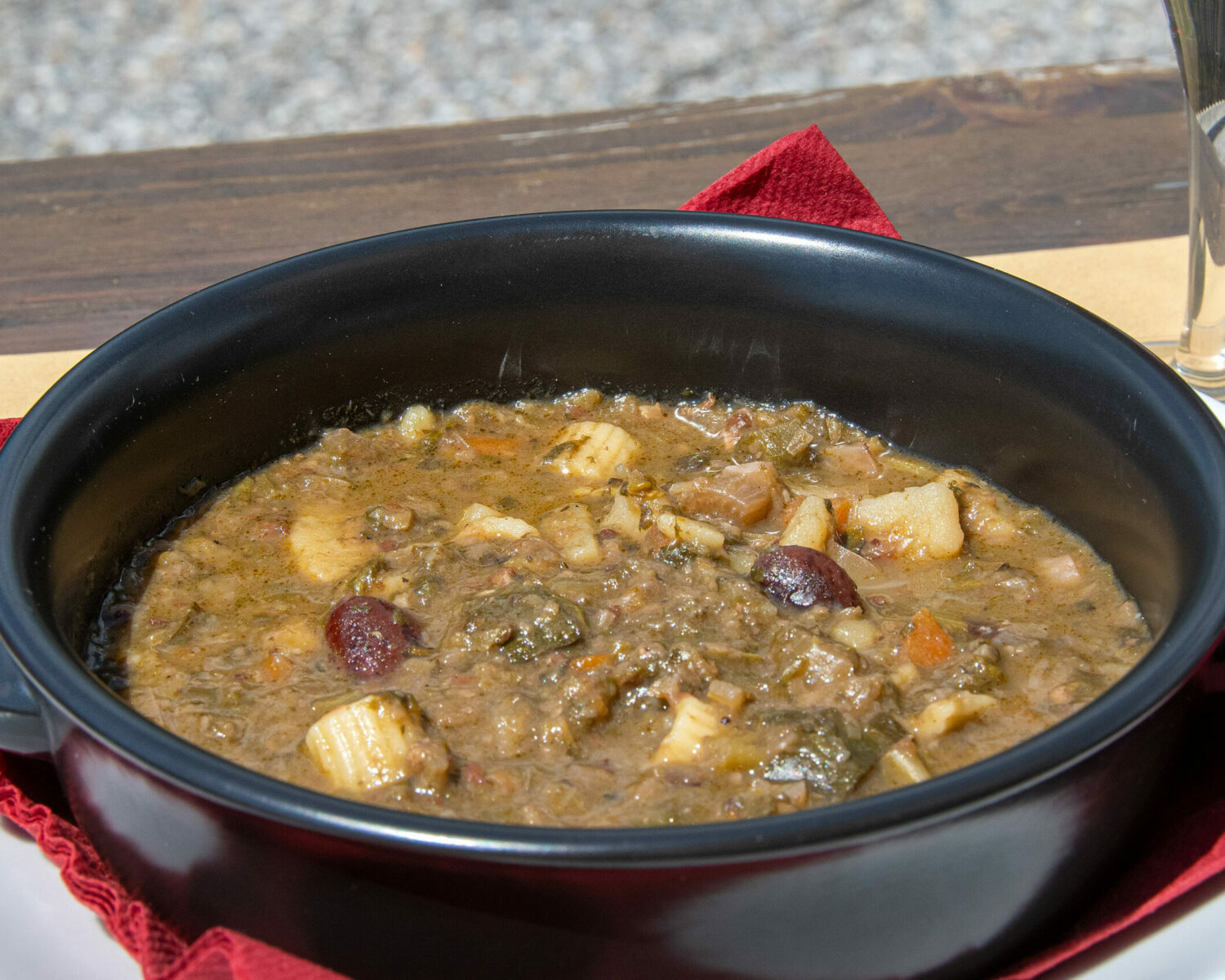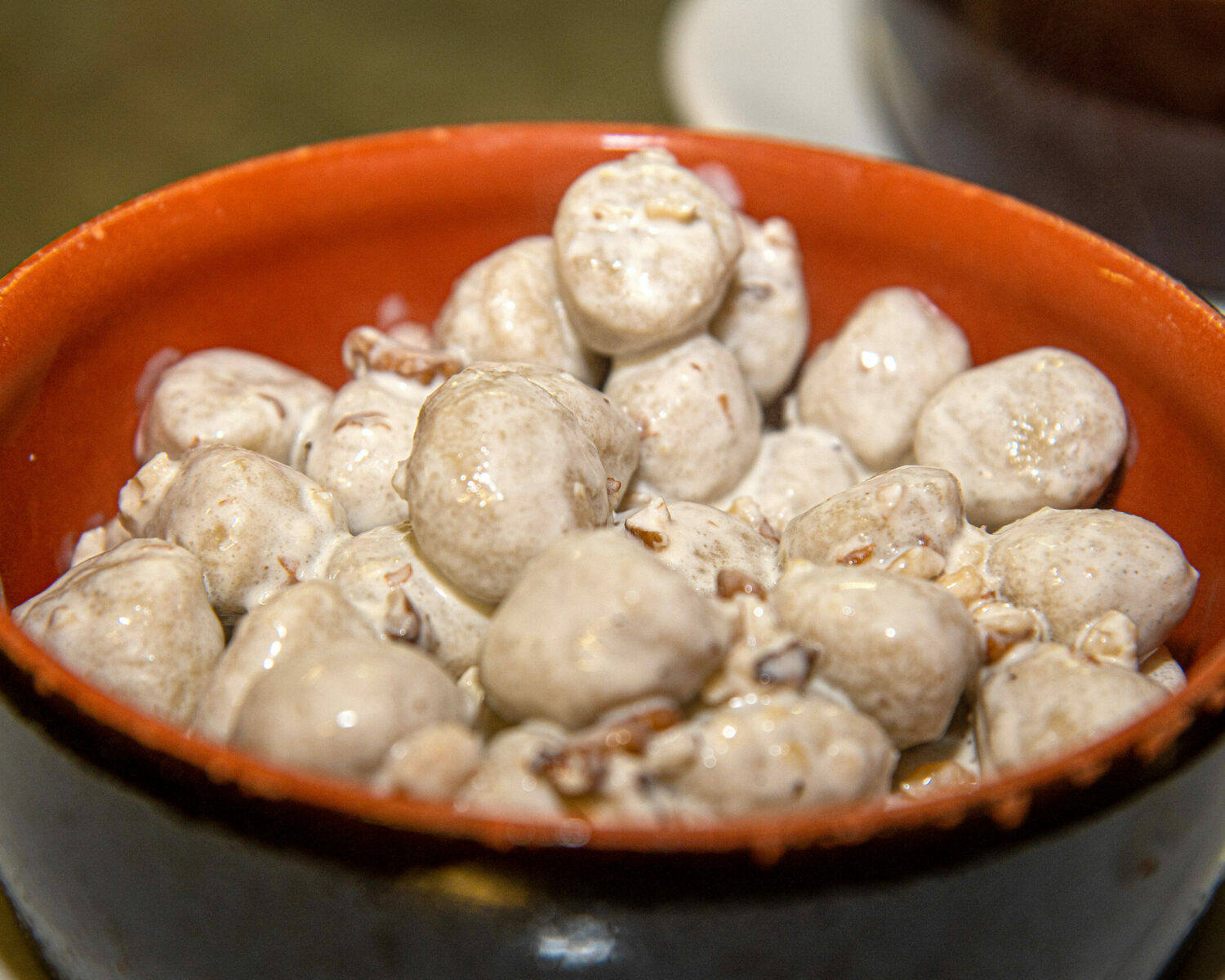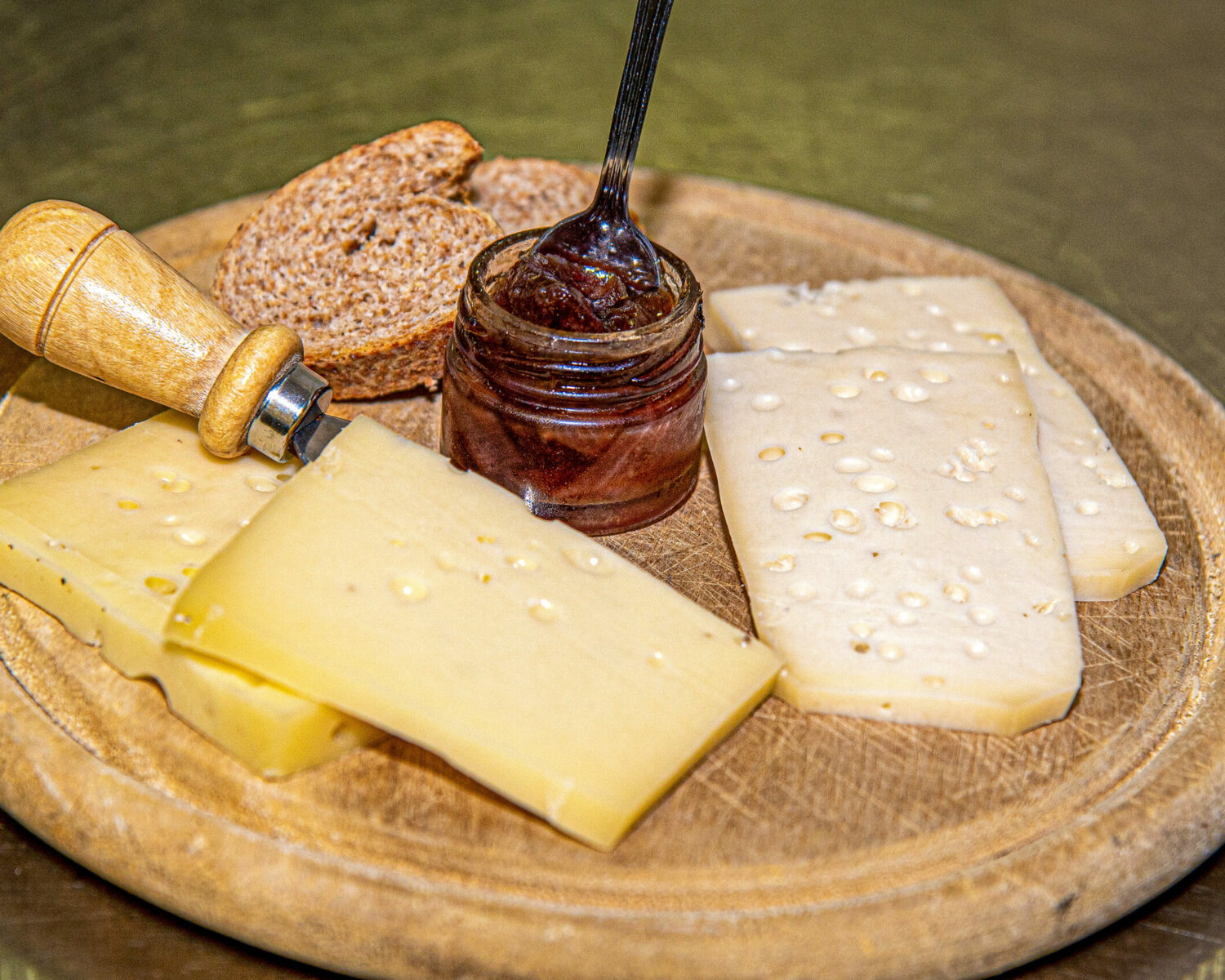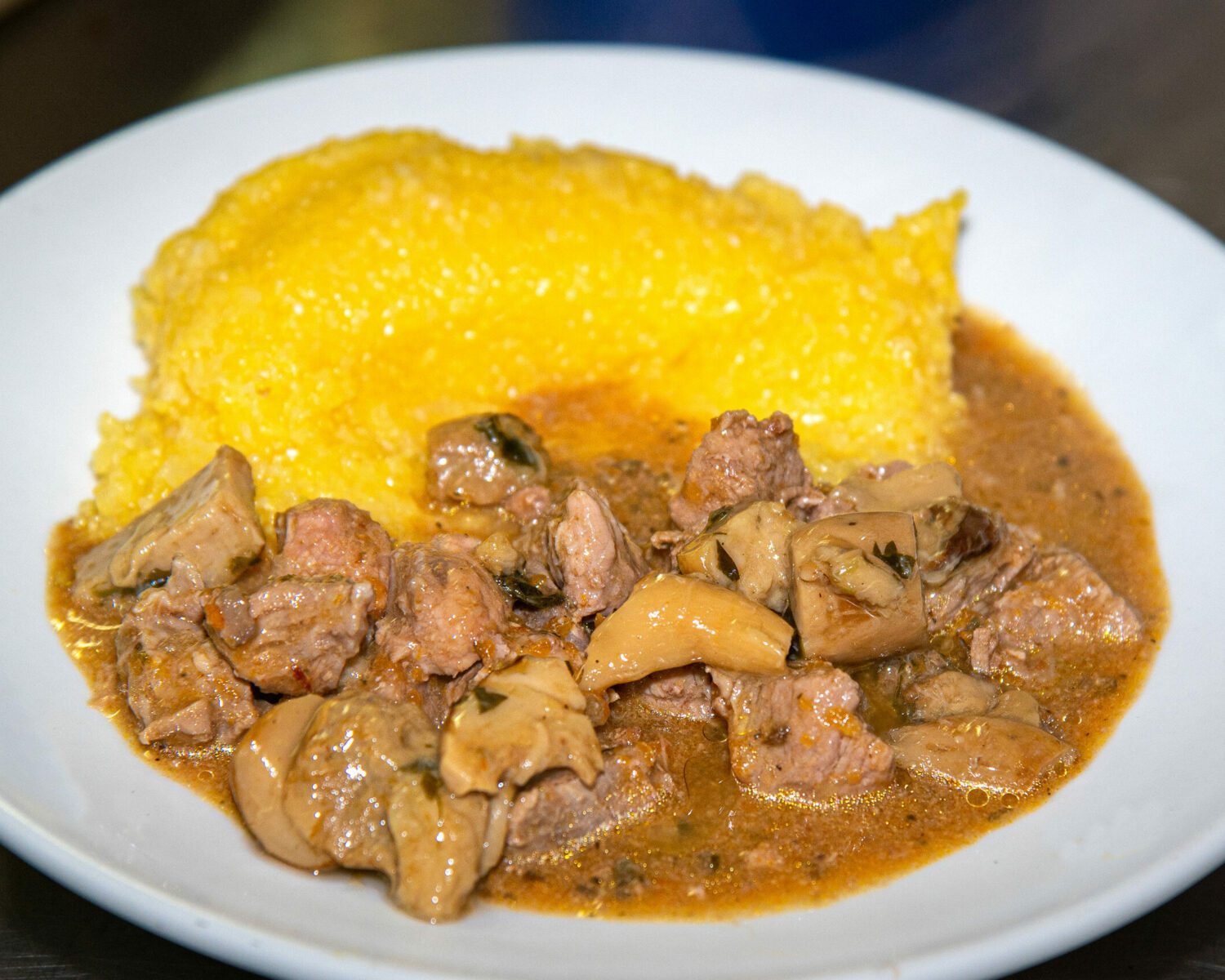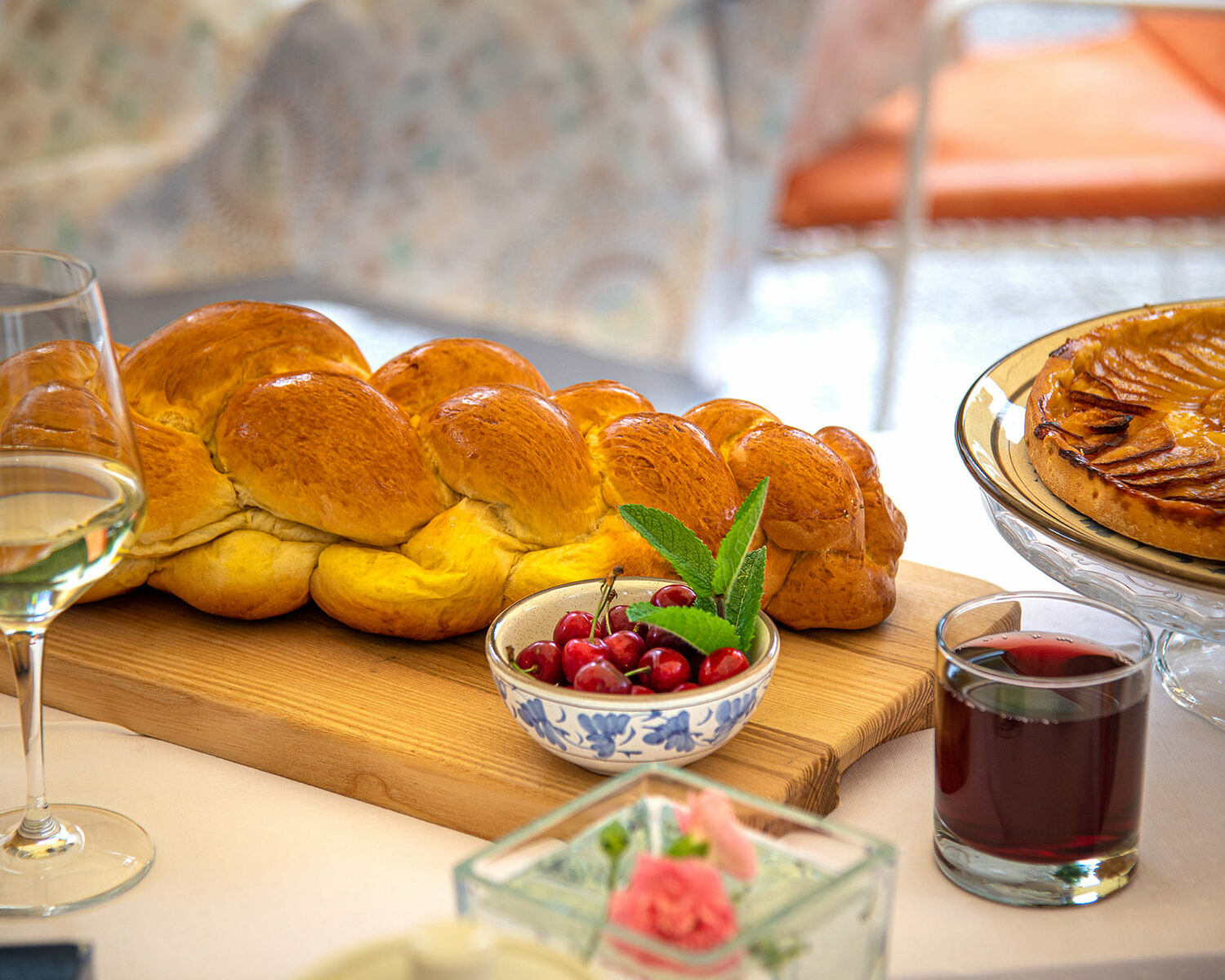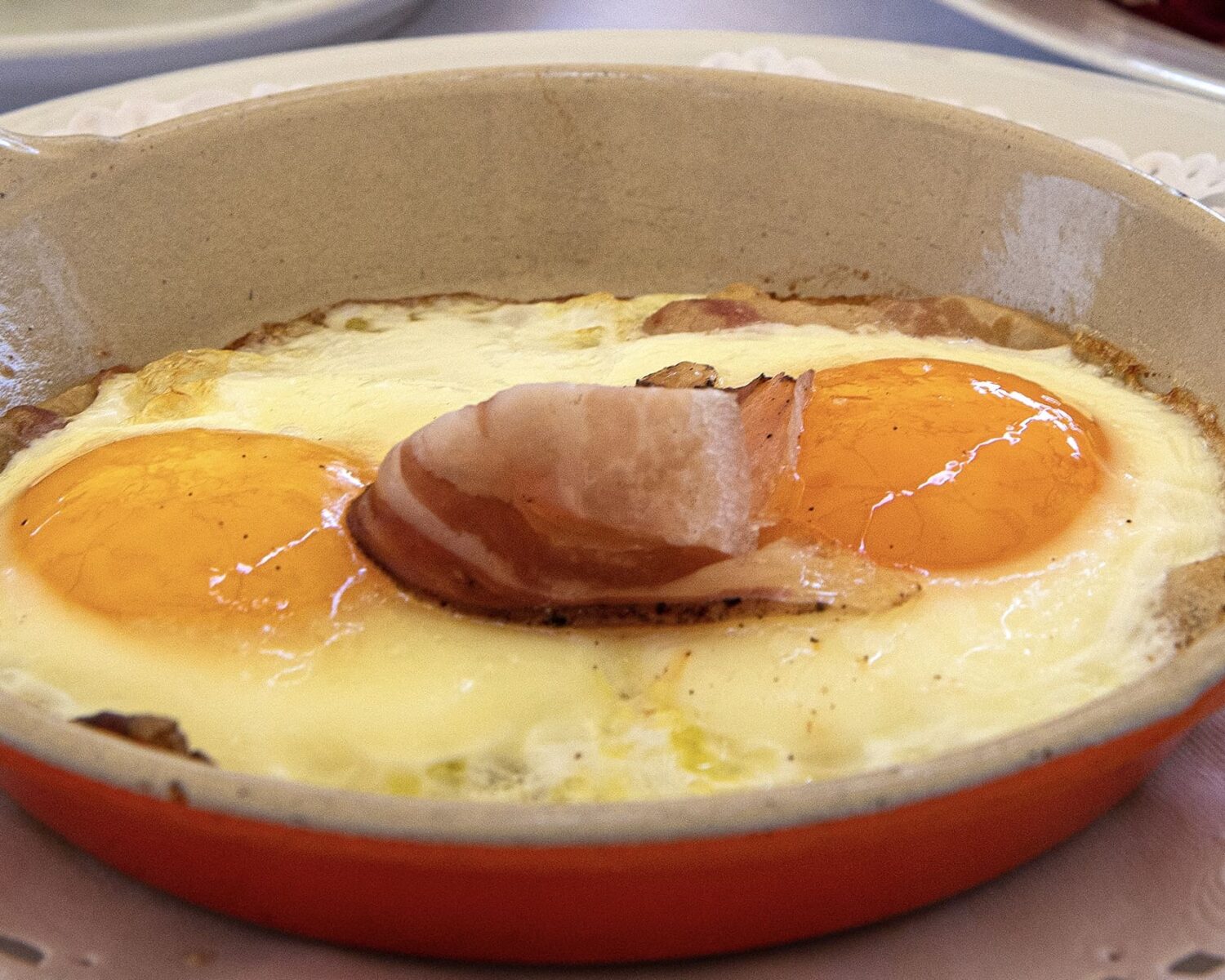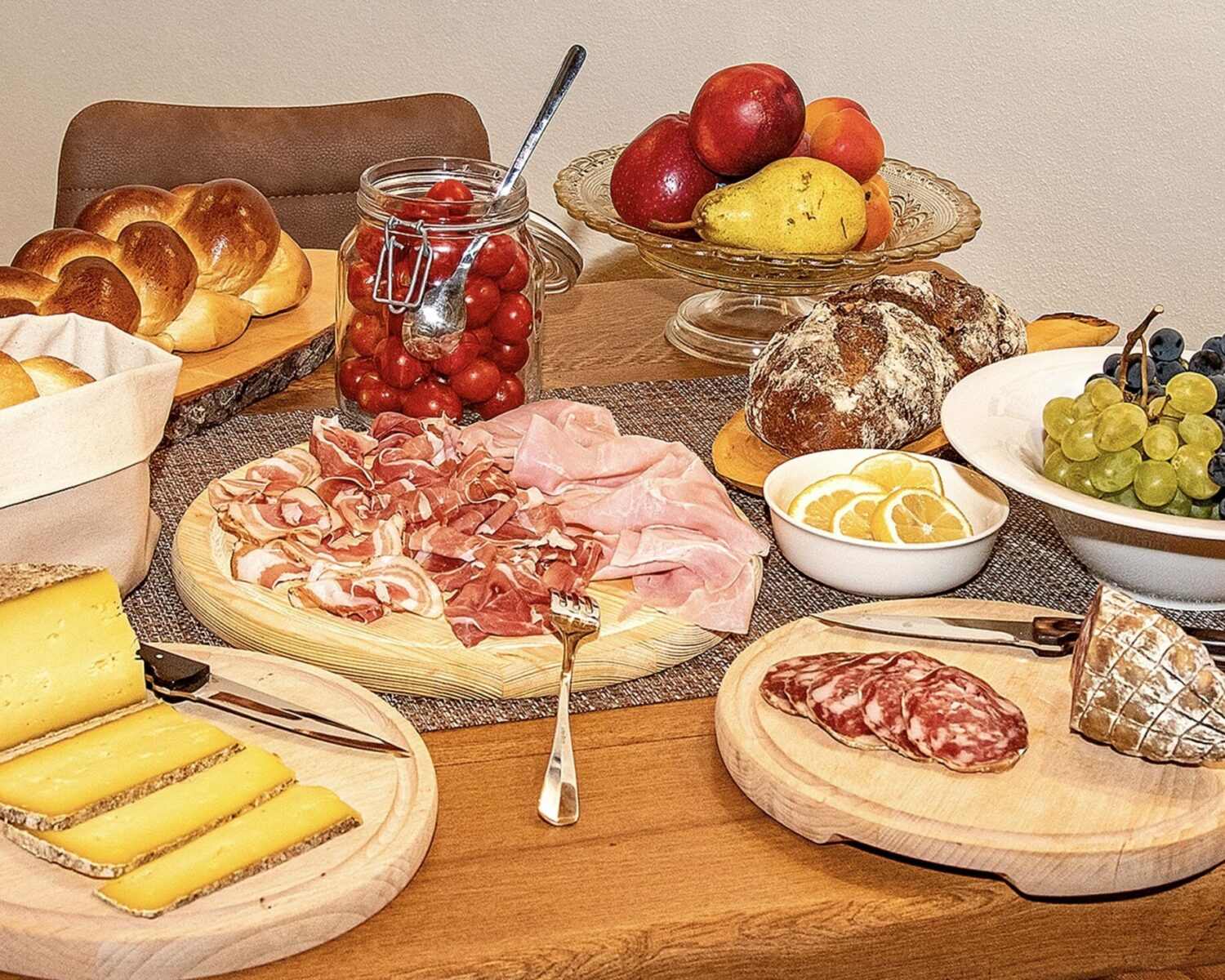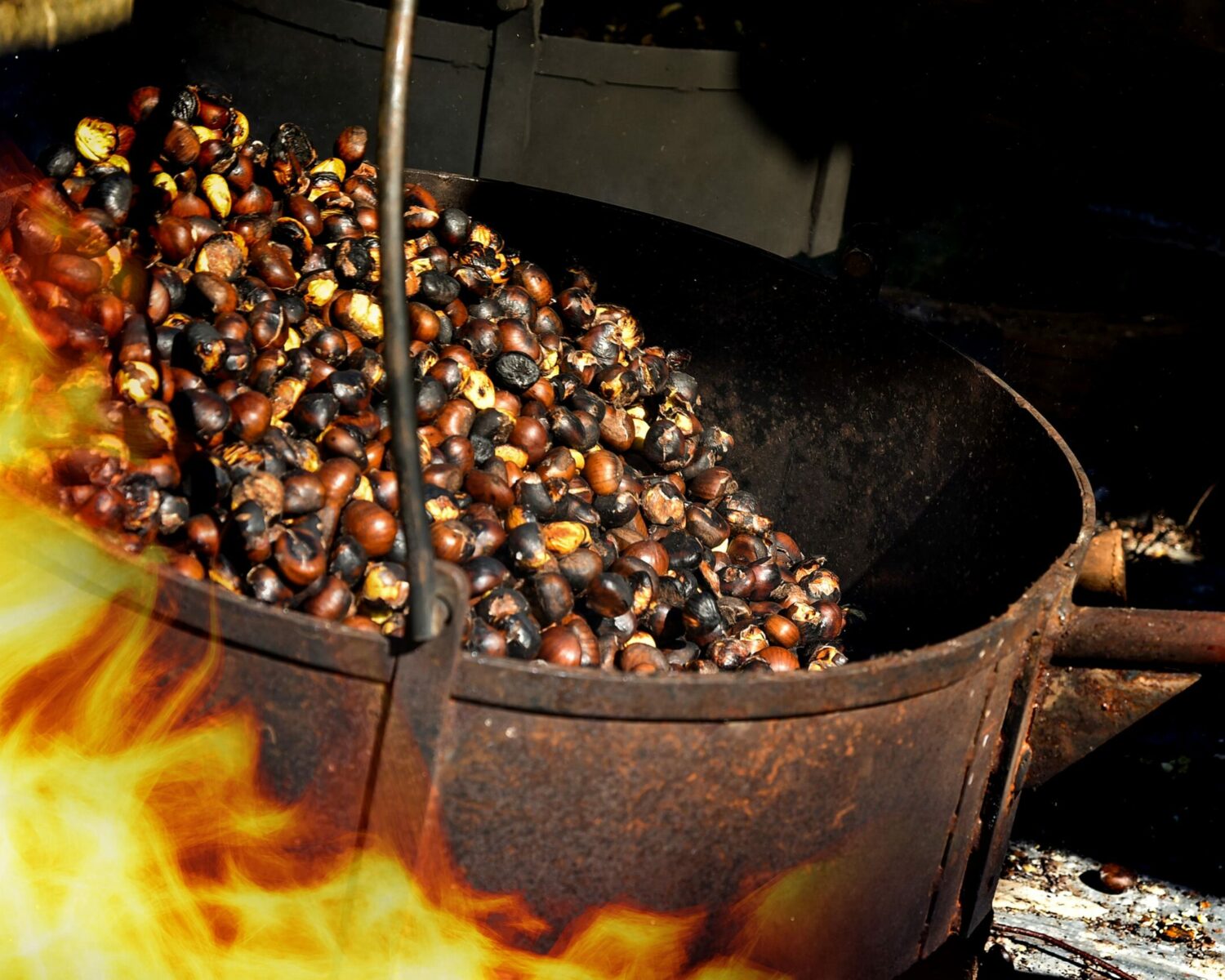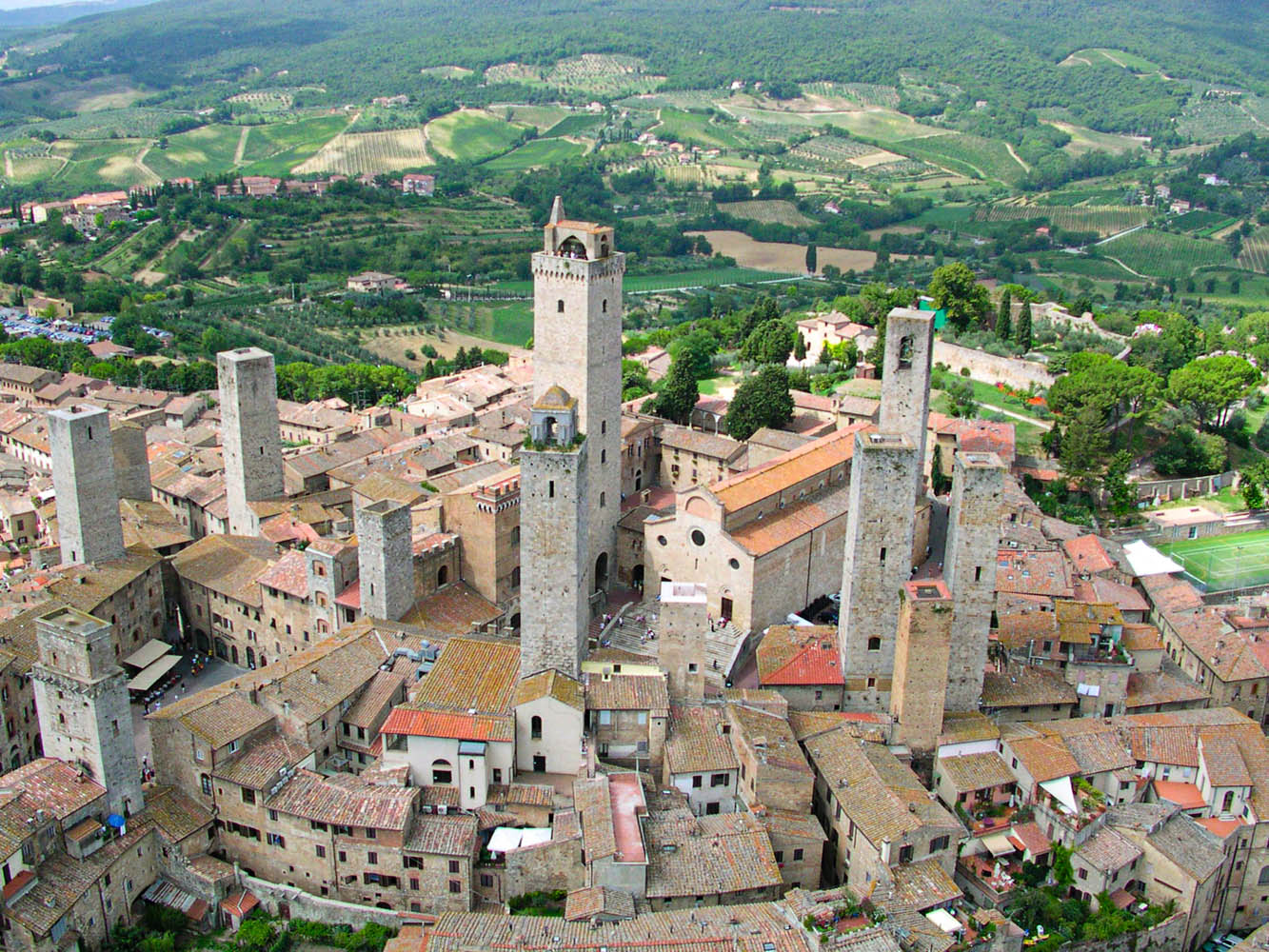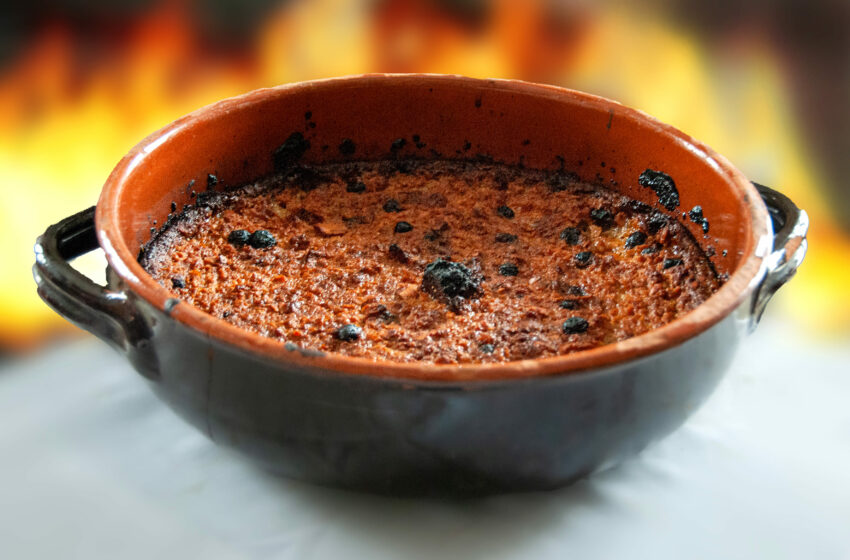
These are not just local dishes, but a philosophy of life at the center of which is fire: the Valle Vigezzo
These are not just local dishes, but a philosophy of life centered around fire, intended as a hearth that warms, cooks, and provides company. We are in an enchanted valley of the Alps, in Piedmont: the Valle Vigezzo (Verbano-Cusio-Ossola). The gastronomic culture of the area is based on simple ingredients that embody the natural and morphological characteristics of the territory, the climate, history, and the character of the inhabitants.
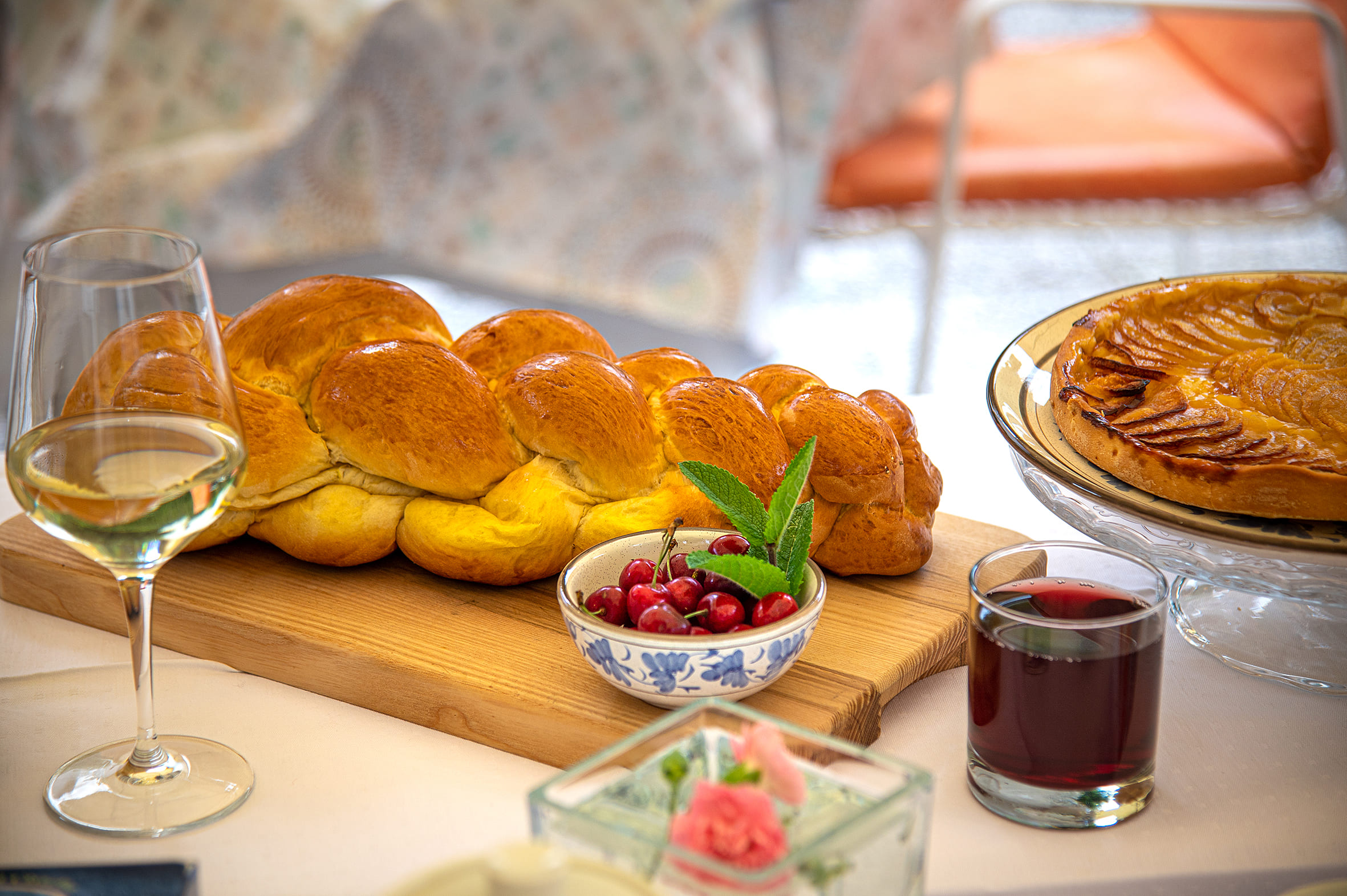
Entering the valley, one of the first hamlets you encounter is Coimo, where you find beautiful chestnut woods in the sunniest part. These are ancient trees, respected and loved throughout the ages, also known as “bread trees.” Indeed, for the peasant community of the past, chestnuts were one of the main sources of sustenance and also an opportunity for some convivial moments on winter evenings. The protagonist was the “bascariola,” an iron pot in which chestnuts were roasted to be savored with warm cow or goat milk, around the fireplace, with the family.
With chestnut and potato flour, gnocchi are still prepared, flavored with cream and walnuts. Cream and its derivative, butter, are other recurring elements in Valle Vigezzo recipes because they provided the necessary calories to face a day outdoors, usually dry due to lack of humidity but with very low temperatures, especially in winter.
Habits of another era, born out of necessity, are today’s traditions.
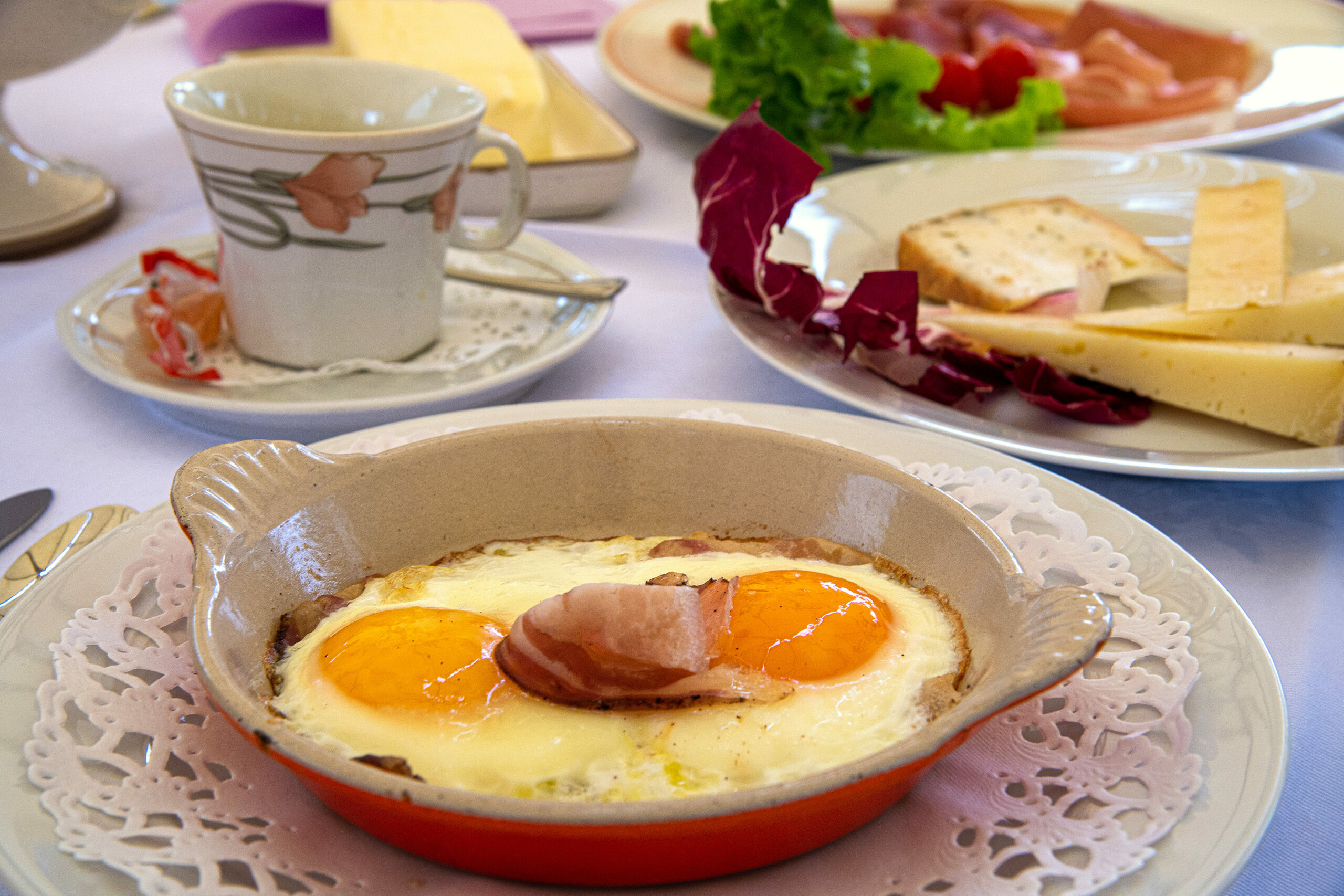
In areas with milder climates, thanks to some young farmers, the cultivation of rye and buckwheat has been resumed, producing dark flours used to make black bread, which is served for breakfast along with eggs, bacon, and other cured meats. Alessandra Barbieri, an expert in the territory and good cuisine, also told me about a particular ham, smoked with juniper berries burnt in the fireplace, whose aroma I could almost smell.
This black bread, very nutritious and long-lasting, was served to shepherds when they brought cows and goats, from May to September, to the mountain pastures, a tradition that, fortunately, still exists. Here, animals can feed on blooms that determine the deep yellow color of some cheeses. A poetic scenario that you can try to imagine or that you can see for yourself by visiting the valley.
The golden-yellow polenta, with large and compact grains, is the ideal pairing for melted cheese or stewed meat and porcini mushrooms, which are widespread in the surrounding woods along with other lesser-known varieties.
The “negra” soup, made with vegetables, beans, and short pasta, was called the “man’s hay,” not too brothy, and was also enriched with a pancetta sauté, once a privilege of the few who could afford it.
Bread cake, made with stale bread, milk, sugar, and raisins, is cooked in a terracotta dish today with the addition of amaretti biscuits. Another dessert is “fiacia,” drier, which was prepared for the Feast of the Patron Saint (in Val Vigezzo, there are seven municipalities, and each has a Patron Saint and a Madonna).
Can you also glimpse in these images of a past still present a possible future? I can, indeed, I think they are salvation.
From the heart.
Sandra
Foto: Maurizio Besana
Special thanks to Alessandra Barbieri for her collaboration.
Gallery Fotografica
Leggi di più >> Valle Vigezzo: La valle dei pittori e degli spazzacamini

Si occupa di cucina e di tradizioni, con un pensiero sempre sensibile verso le tematiche della sostenibilità sia ambientale che economica.
Leggi in:
![]() Italiano
Italiano





